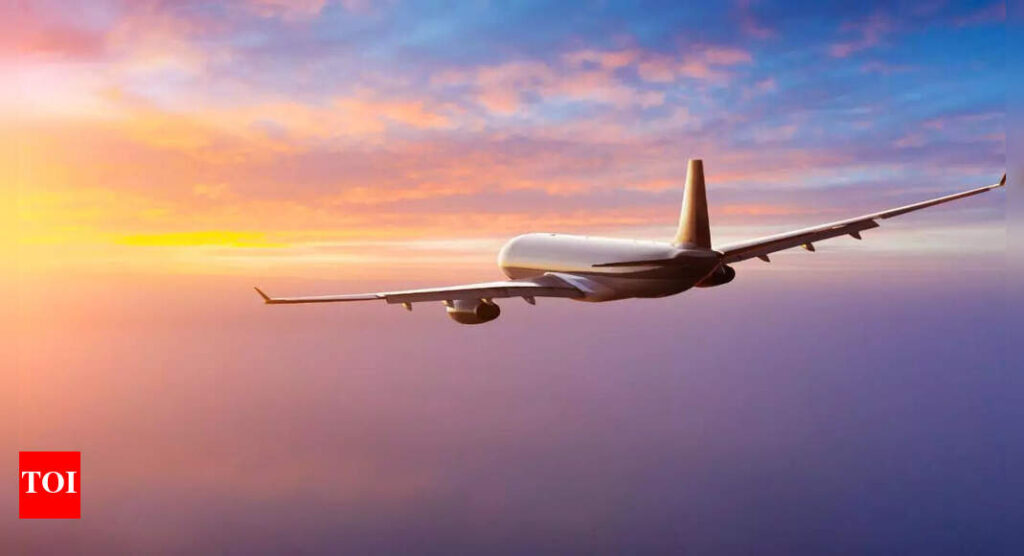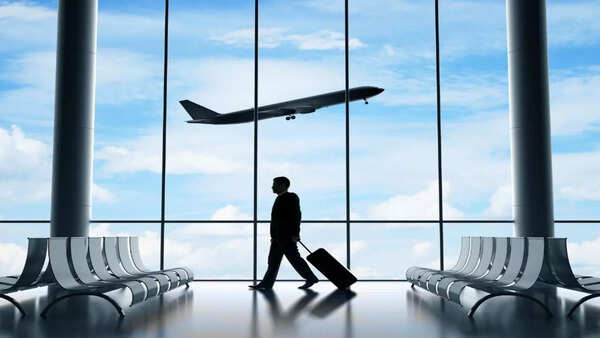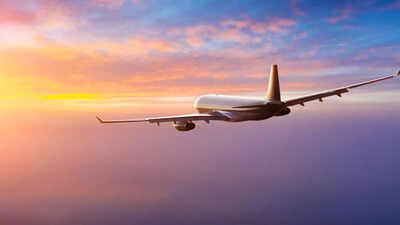Navi Mumbai Airport clears tariff: Here’s what domestic and international flyers will pay |

Mumbai’s upcoming Navi Mumbai International Airport (NMIA), set to begin operations later this year, and with it comes a small announcement: passengers will be required to pay user development fees (UDF) INR 620 for departing domestic travellers and INR 1,225 for international flights.The fee breakdownDeparting passengers will be charged:Domestic: INR 620International: INR 1,225Arriving passengers will also pay:Domestic: INR 270International: INR 525

These are ad hoc fees, approved by the Airport Economic Regulatory Authority (AERA).If reports are to go by, the fee will remain in place until March 31, 2026, or until a permanent tariff is set. This ad hoc approach is temporary — AERA has instructed NMIA to account for the collected revenue when setting the regular tariff.Read more: 7 must-visit places in the Philippines — now visa-free for Indians, with direct flights coming soonHow does it compare?Mumbai’s existing CSMIA (Chhatrapati Shivaji Maharaj International Airport) currently charges:Domestic departing: INR 207International departing: INR 726both inclusive of taxes.That means flying out of Navi Mumbai could cost three times more for domestic passengers and almost twice as much for international ones—when compared to current Mumbai airport rates.NMIA is being built in phases, with a INR 57,333-crore capital investment plan:Phase I & II aim for a capacity of 20 million passengers/year, expanding to 50 million by FY 2030.AERA approved higher initial fees to help NMIAL recoup infrastructure costs during these early stages.Hefty fees mean a fast-track to modern terminals, aprons, runways, cargo and fuel facilities, even a proposed metro connection (Gold Line) to CSMIA.
What it means for travellers and airlines
Travelers: Expect your ticket prices to reflect these new charges. The full impact depends on taxes and airline fare structures.Airlines: Higher UDFs may influence pricing strategies or push carriers to operate from CSMIA to keep costs competitive.NMIA: Early-stage funding from passengers allows NMIA to stay on track with its ambitious multi-phase rollout.Mumbai’s CSMIA recently raised its UDFs in May for both domestic and international travellers, which is part of AERA’s broader strategy to fund airport upgrades without burdening government coffers.Read more: 6 cheap and scenic weekend getaways from Delhi by airFor passengers, the Navi Mumbai airport may mean slightly higher out-of-pocket travel costs, but it promises less congestion, improved facilities, and smoother multimodal connectivity when it opens.Yes, travelers will pay more at Navi Mumbai, especially on domestic departures. But this is a temporary measure, a way to fund the infrastructure of India’s most high-tech airport yet.Once fully functional, with metro, rail, and major flight routes, the extra fee might feel like a ticket to a fuss-free future.Travellers should stay informed as AERA finalises tariffs and as NMIA edges closer to its full operational launch, a major new gateway for Mumbai’s air travel future.







